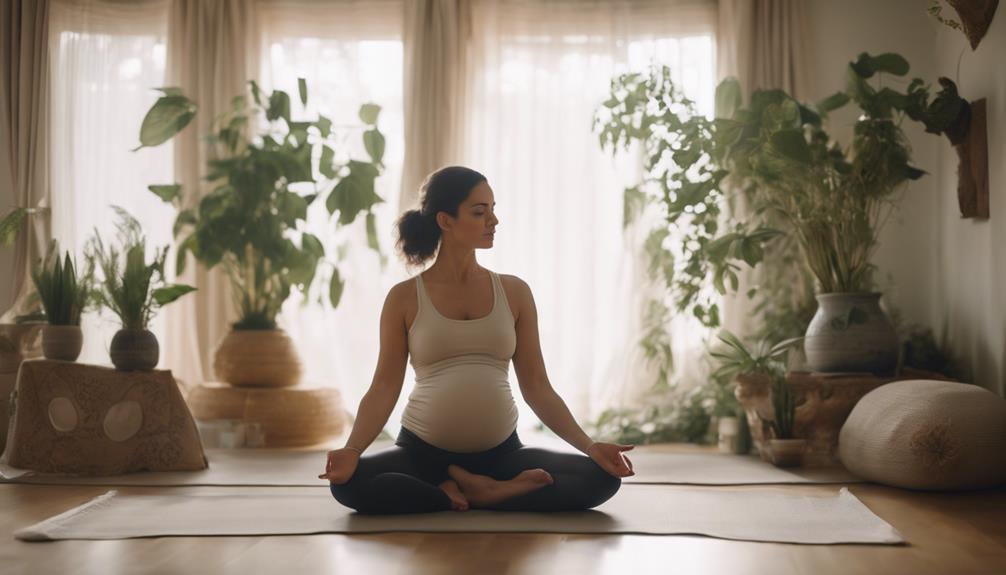Gentle Yoga

Gentle yoga is an increasingly popular practice that offers a soft approach to physical fitness and mental well-being. This blog post will explore the many benefits of gentle yoga, its techniques, and how you can incorporate it into your daily life.
What is Gentle Yoga?
Gentle yoga is a low-impact form of yoga that focuses on slow, mindful movements and deep breathing. Unlike more vigorous styles of yoga, gentle yoga is accessible to individuals of all ages and fitness levels. It emphasizes relaxation and stress relief, making it an ideal choice for beginners or those recovering from injuries. The practice typically includes gentle stretches, restorative postures, and breathing exercises, which help to promote both physical and mental wellness. By incorporating gentle yoga into your routine, you can cultivate a deeper connection with your body and mind.
The Benefits of Gentle Yoga for Physical Health
One of the primary benefits of gentle yoga is its positive impact on physical health. This practice can improve flexibility, balance, and strength without putting undue stress on your body. Gentle yoga poses can help alleviate tension in the muscles, reduce stiffness in the joints, and enhance circulation. For individuals with chronic pain or mobility issues, gentle yoga serves as a safe and effective way to stay active and manage discomfort. Additionally, studies have shown that regular participation in gentle yoga can lead to improved posture, reduced risk of injury, and enhanced overall physical fitness.
Mental Clarity and Emotional Well-Being Through Gentle Yoga
In addition to its physical benefits, gentle yoga is a powerful tool for enhancing mental clarity and emotional well-being. The slow, mindful movements practiced in gentle yoga encourage relaxation and mindfulness, allowing individuals to focus on their breath and cultivate a sense of inner peace. This form of yoga is particularly beneficial for those struggling with anxiety, depression, or stress. By incorporating gentle yoga into your routine, you can develop healthier coping mechanisms, improve your mood, and foster a more positive outlook on life. The meditative aspect of gentle yoga also promotes self-awareness and emotional regulation, which are essential for overall mental health.
Related Posts:
How to Get Started with Gentle Yoga
If you’re new to gentle yoga, getting started is easier than you might think. First, find a quiet space where you can practice without interruptions. You don’t need any special equipment, but a yoga mat and comfortable clothing will enhance your experience. There are numerous resources available for beginners, including online classes, instructional videos, and local workshops. Look for gentle yoga classes in your area, or consider joining an online platform that offers guided sessions. Start with a short practice, focusing on basic postures and breathing techniques. As you become more comfortable, gradually increase the duration and complexity of your sessions.
Incorporating Gentle Yoga into Your Daily Routine
To reap the full benefits of gentle yoga, it’s essential to incorporate it into your daily routine. Aim for at least 15-30 minutes of practice each day, whether in the morning to kickstart your day or in the evening to unwind. You can also integrate gentle yoga poses into your existing fitness regimen or use them as a warm-up or cool-down after more intense workouts. Creating a dedicated space for your practice can help establish a routine, making it easier to commit to your daily sessions. Remember that consistency is key to experiencing the transformative effects of gentle yoga on both your body and mind.
Common Gentle Yoga Poses and Techniques
There are several gentle yoga poses that are particularly beneficial for beginners and those looking to ease into their practice. Some popular gentle yoga poses include Child’s Pose, Cat-Cow Stretch, Forward Fold, and Legs-Up-The-Wall Pose. Each of these poses focuses on relaxation, stretching, and deep breathing. Incorporating movements like Sun Salutations can also add variety to your practice while maintaining a gentle pace. Be sure to listen to your body and modify poses as needed to ensure comfort and prevent injury. Remember, the goal of gentle yoga is to promote relaxation and mindfulness, so focus on your breath and the sensations in your body as you move through each pose.
Creating a Supportive Environment for Gentle Yoga
Creating a supportive environment is crucial for making the most of your gentle yoga practice. Choose a quiet, clutter-free space where you feel comfortable and at ease. Consider adding calming elements, such as soft lighting, soothing music, or essential oils, to enhance your practice. Having a few props, such as yoga blocks, blankets, or straps, can also make your practice more enjoyable and accessible. If you’re practicing at home, consider inviting a friend or family member to join you. Practicing together can foster a sense of community and support, making your gentle yoga journey even more fulfilling.
Conclusion: Embrace the Journey of Gentle Yoga
Gentle yoga offers a wide range of benefits for both your physical and mental health. By incorporating this practice into your daily routine, you can cultivate a deeper connection with your body and mind while promoting relaxation and stress relief. Whether you’re a seasoned yogi or a newcomer, gentle yoga provides a nurturing environment for individuals of all ages and fitness levels. Embrace the journey of gentle yoga and discover the transformative power it can have on your overall well-being. Start your practice today and experience the serenity and balance that gentle yoga has to offer.
By following these tips and understanding the essence of gentle yoga, you can create a fulfilling practice that enhances your life and well-being. Remember, the key to success is consistency and self-compassion—allow yourself to grow and evolve on your gentle yoga journey.Who Is The Owner Of Alo YogaHow Does Yoga Help You Lose WeightIs Yoga Buddhism